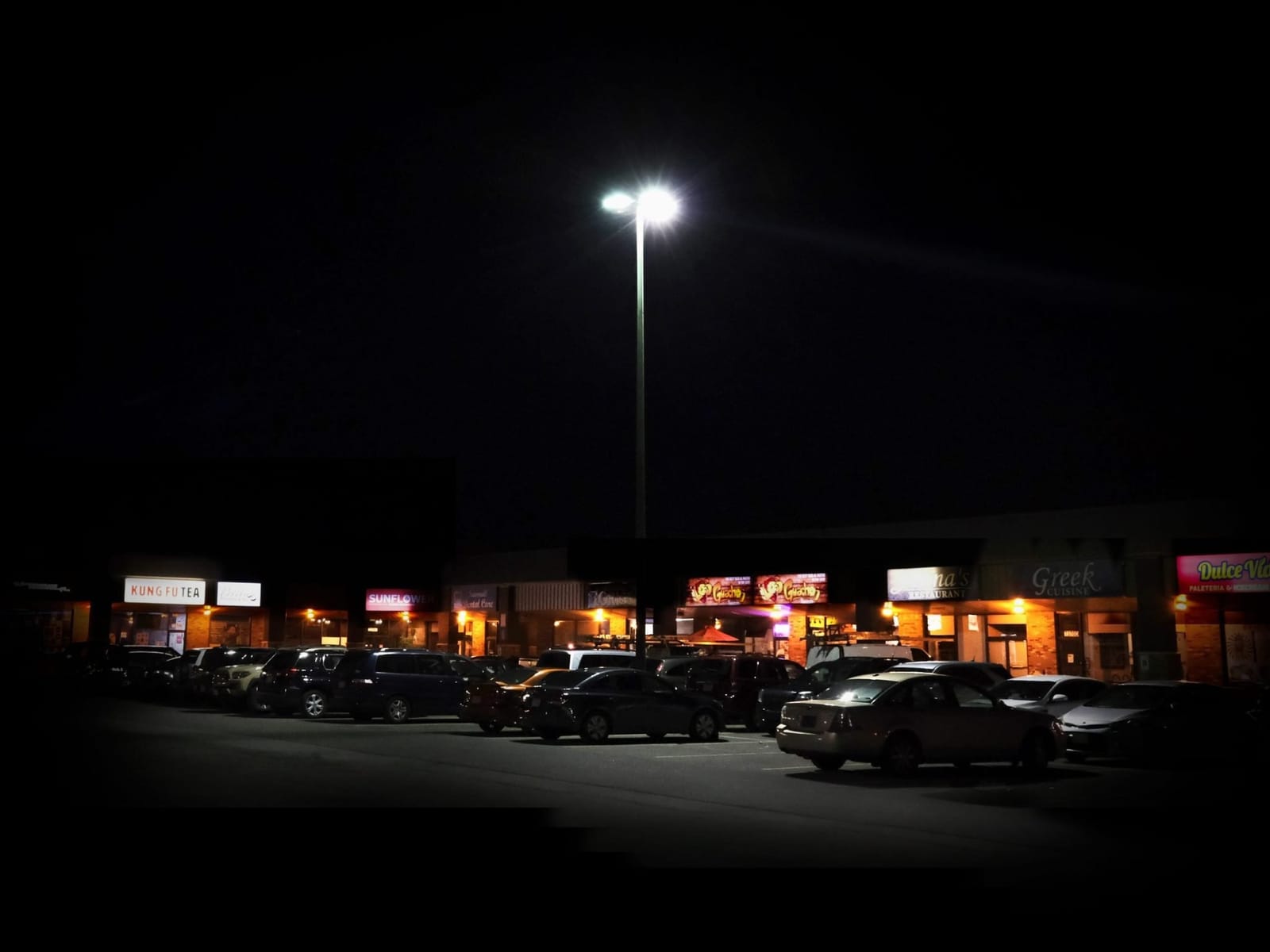Memorial Day in Ohio. Clear skies, highs near 90, and the sun went down at 8:54pm. The moon is brand new, and my computer gave me an eye exam. I stood ten feet away from my screen, read aloud the five letters that appeared, and a robot renewed my prescription. It felt very futuristic and a little sad.
Maybe I don’t want to deal with the future. My two favorite television shows right now are amplified and campy depictions of events that took place fifty years ago: Gaslit and The Offer, which reanimate the shenanigans behind Watergate and the making of The Godfather. In both shows, the 1970s are drenched in booze, cigarette smoke, and garish colors. Everyone must have been walking around back then with a splitting headache.
There’s this track that’s been rattling around my mp3 library for nearly twenty years, and I can no longer tell if it’s fantastic or terrible. It starts with a canned dance beat and a vampy keyboard, neither of which have aged well. (And it’s interesting, the subtle texture, the sonic patina that renders something dated rather than timeless.) Then Johnny Cash begins to growl his funereal cover of Will Oldham’s “I See a Darkness” across 140 beats per minute. Susan Sontag once said that camp puts everything in quotation marks. Pairing acid techno with Johnny Cash seems like it automatically belongs in extra-bold 100pt quote marks. Yet somehow, this mash-up feels oddly earnest, and I always catch a guilty rush around the 3:50 mark when the synthesizers start grinding away while Cash sings about how he hopes someone can save him from this darkness.
Acid Pauli – I See a Dark(er)ness
The Munich Mash-Up Issue | White label, 2004 | More
In a similar yet far more calculated but no less bizarre vein, there’s that Teddybears track from 2006 with Iggy Pop, “Punkrocker”. I have no idea how they landed Iggy Pop, but his line about being “sincere” in an elegy for punk rock set to disposable electronica that became a car commercial could probably launch a thousand annoying dissertations in cultural studies and media theory.





